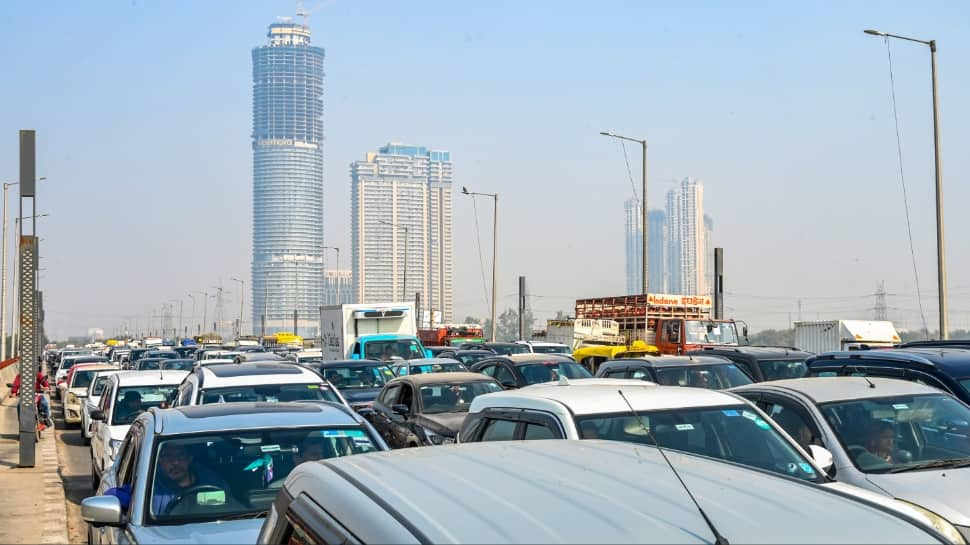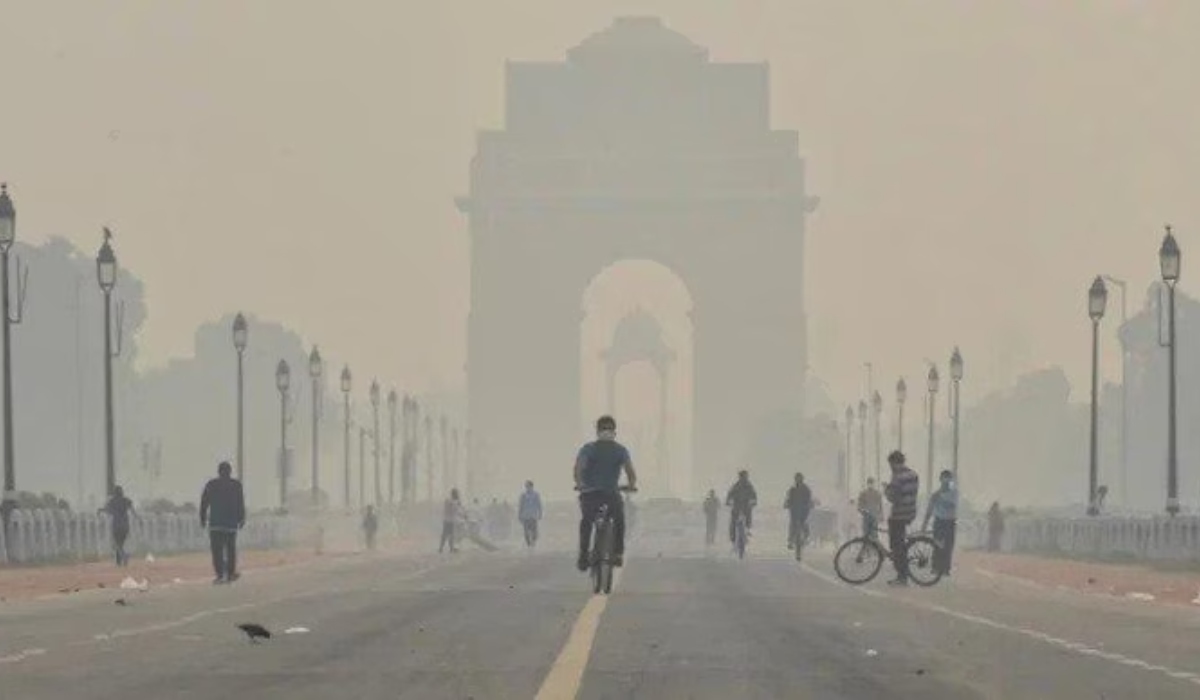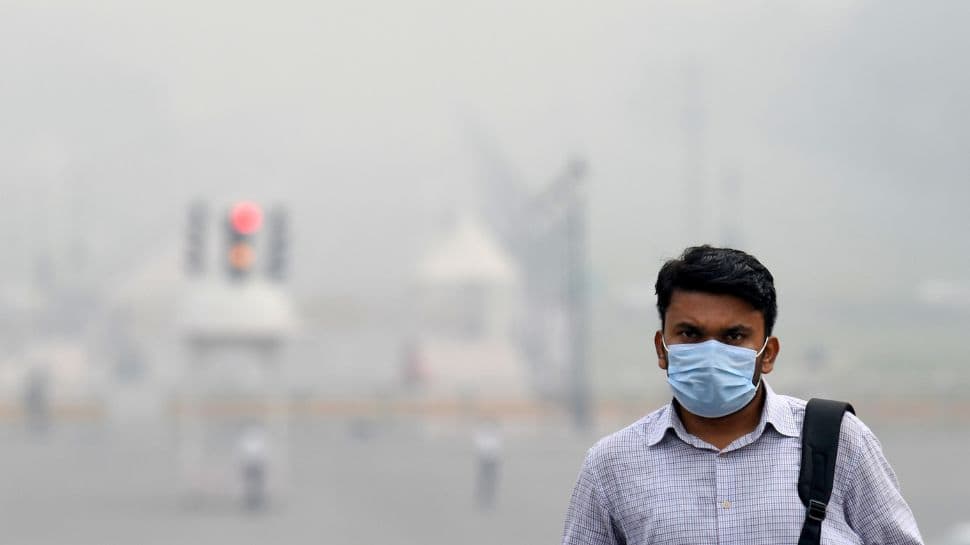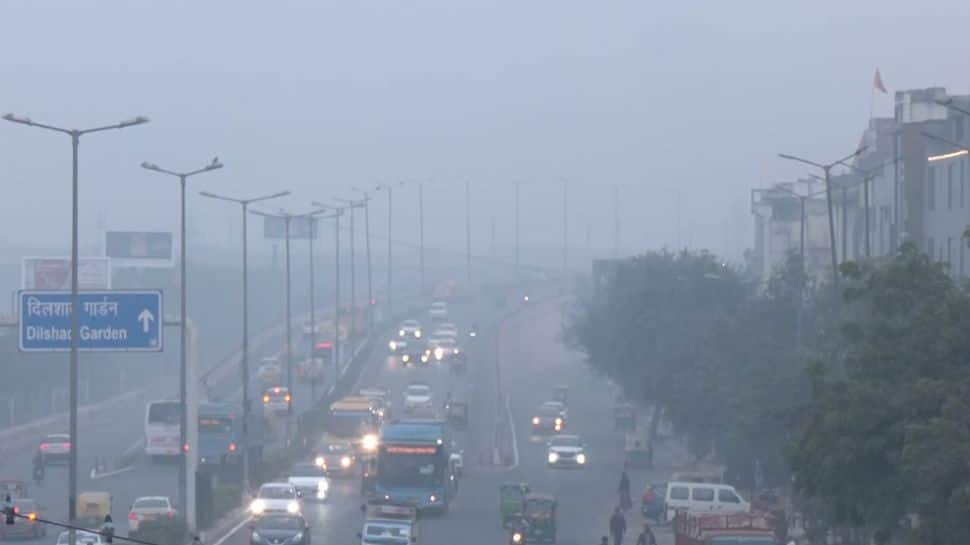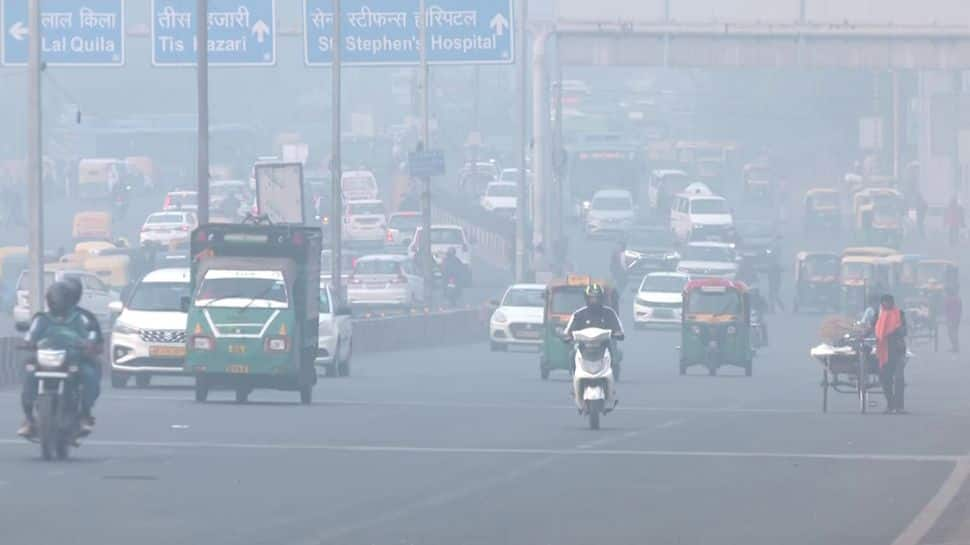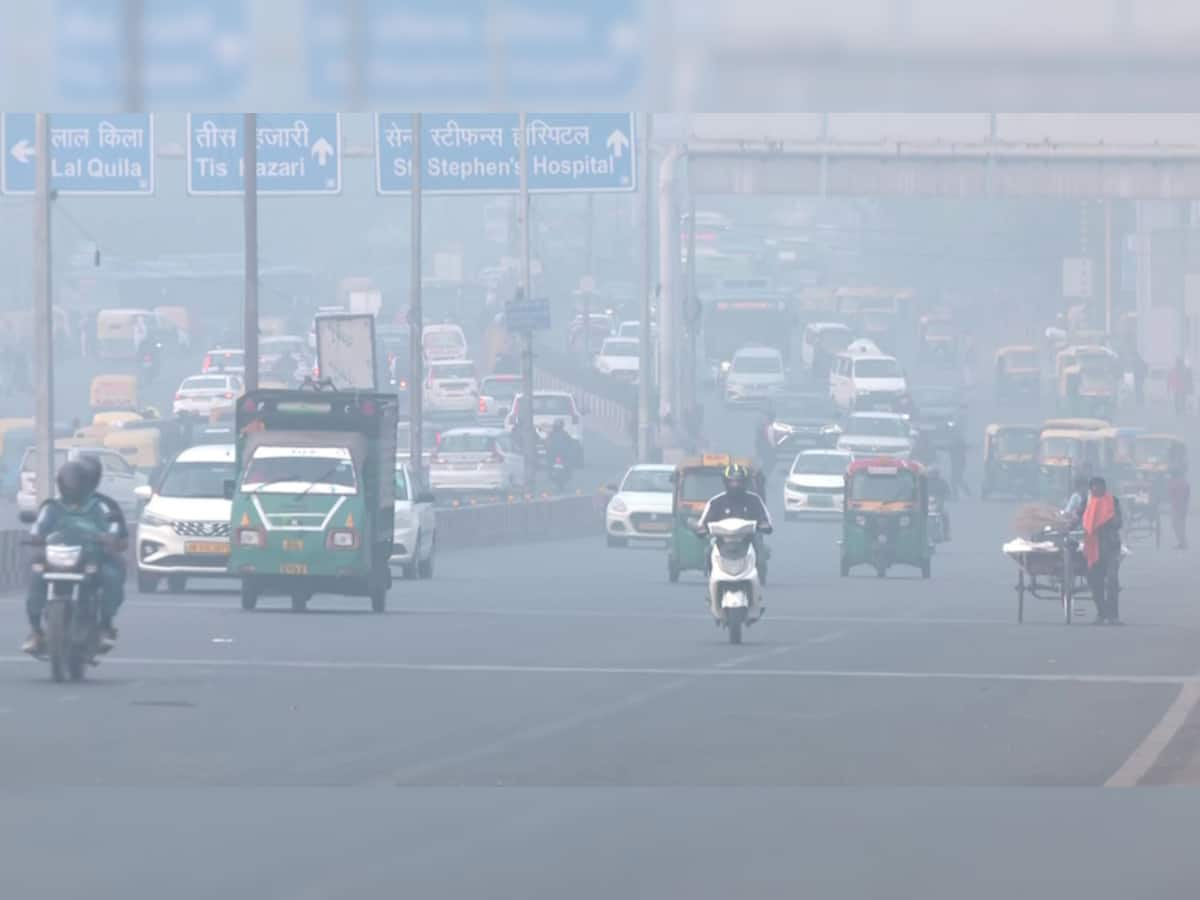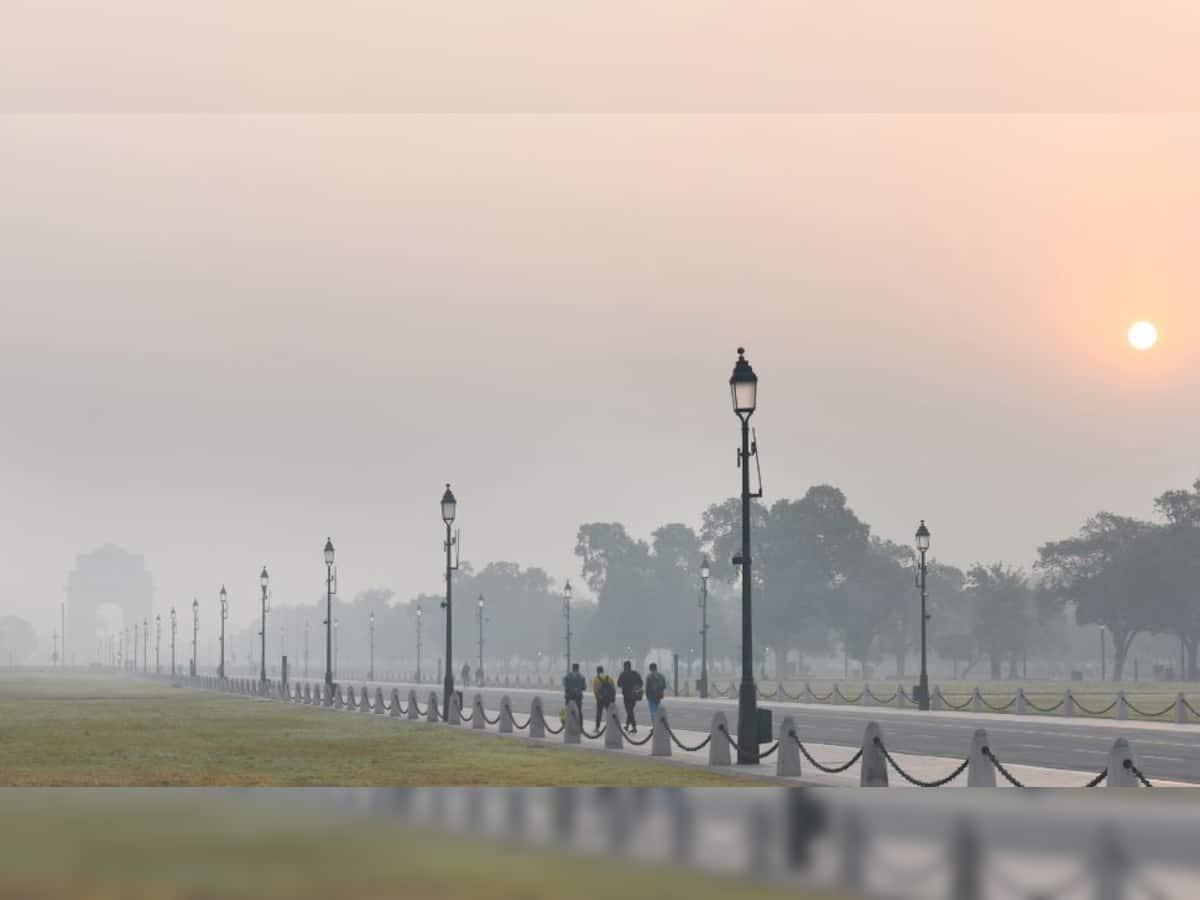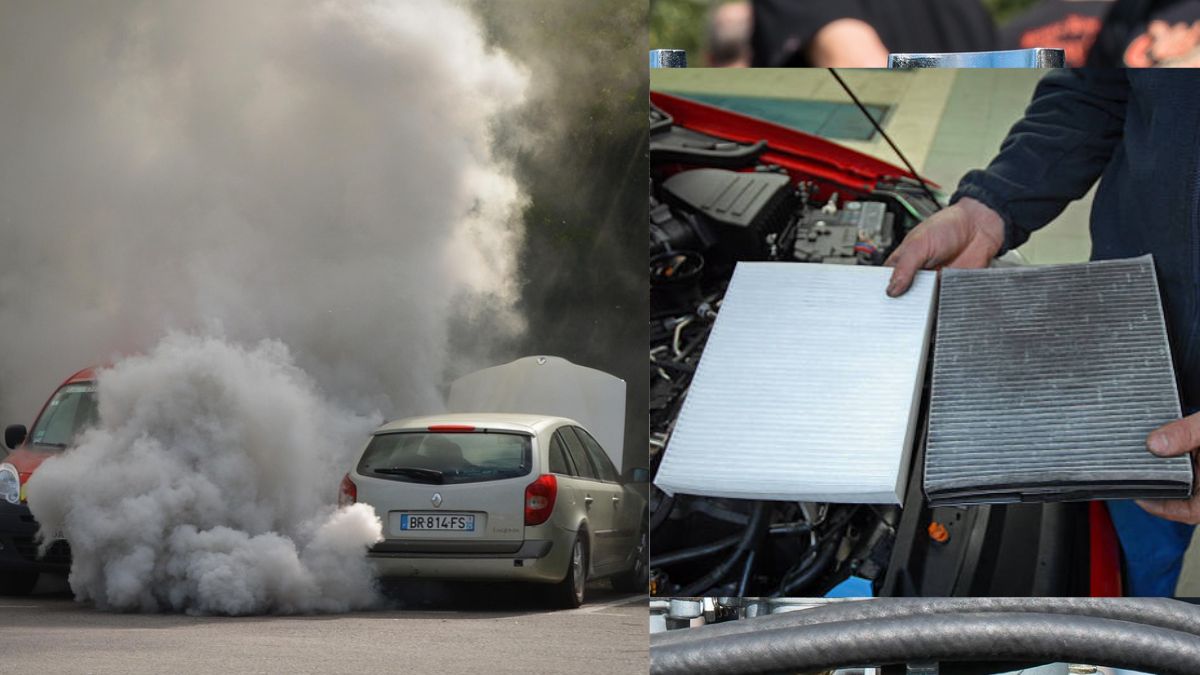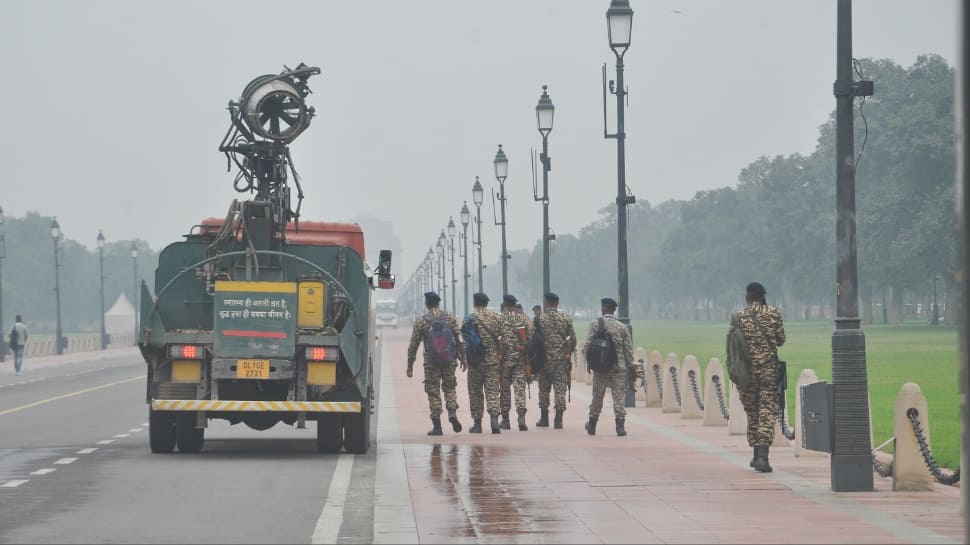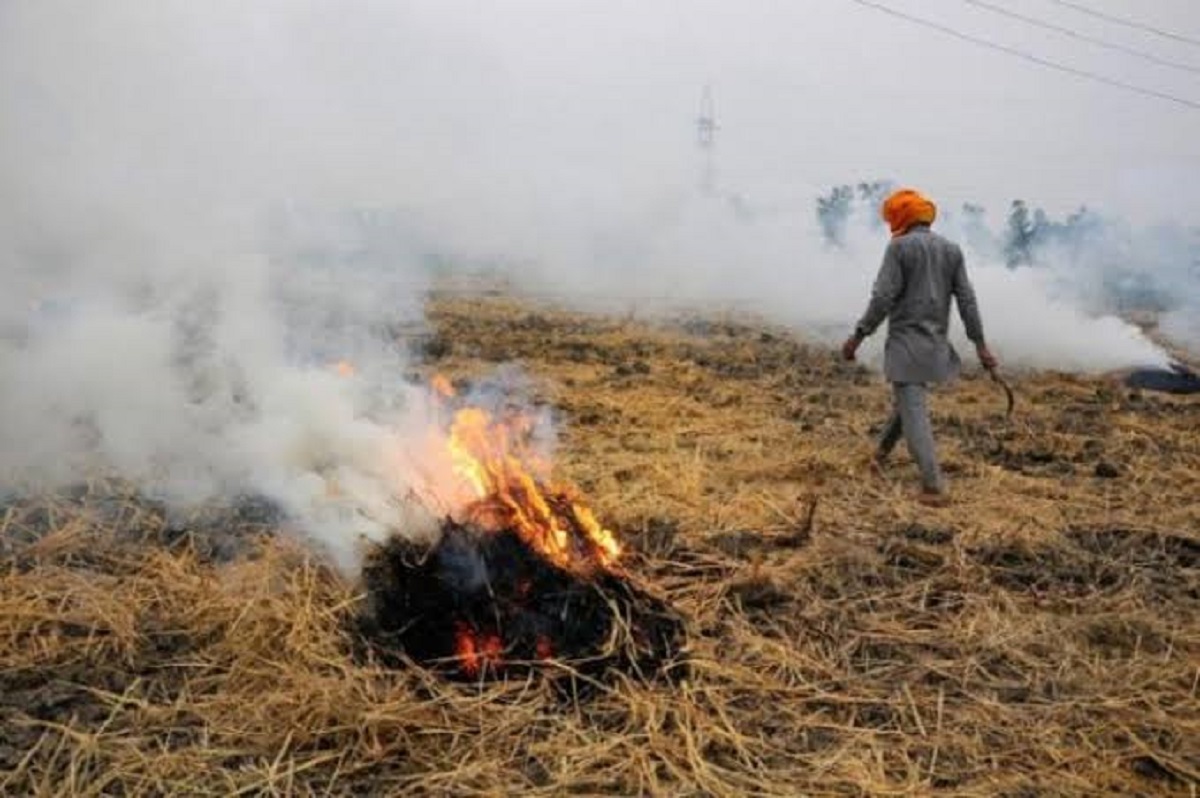Subscribe to Updates
Get the latest creative news from FooBar about art, design and business.
Browsing: Delhi air quality
The National Capital Region is once again facing a severe air pollution crisis, with air quality dropping to hazardous levels on Monday.…
Delhi’s air quality remains a serious concern, with the city blanketed in a dense layer of toxic smog. On Saturday morning, the…
Delhi’s air quality registered a slight improvement on Friday morning, yet it continues to languish in the ‘very poor’ category. Despite a…
Residents of Delhi awoke to a thick, choking layer of smog on Thursday morning, with the Air Quality Index (AQI) reaching a…
As India grapples with worsening air quality, particularly during winter months, car air purifiers are rapidly gaining traction. These compact devices offer…
Delhi’s air quality has deteriorated significantly, with many areas falling into the ‘very poor’ and ‘poor’ categories. Responding to the alarming pollution…
Delhi’s air quality has plunged into the ‘severe’ and ‘very poor’ categories following Diwali, sparking debate over the primary cause. While many…
As Delhi grapples with declining air quality, Punjab has reported a significant rise in stubble burning incidents. Since September 15, a total…
Delhi is tightening its air pollution controls, enacting Stage II of the Graded Response Action Plan (GRAP) just ahead of Diwali celebrations.…
The national capital experienced inclement weather and cold wave conditions on Monday morning, with a noticeable dip in temperature and chilly winds.…



